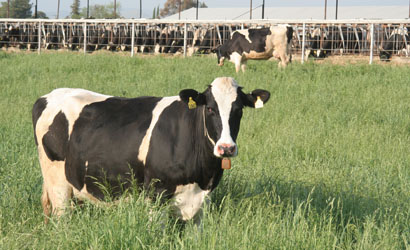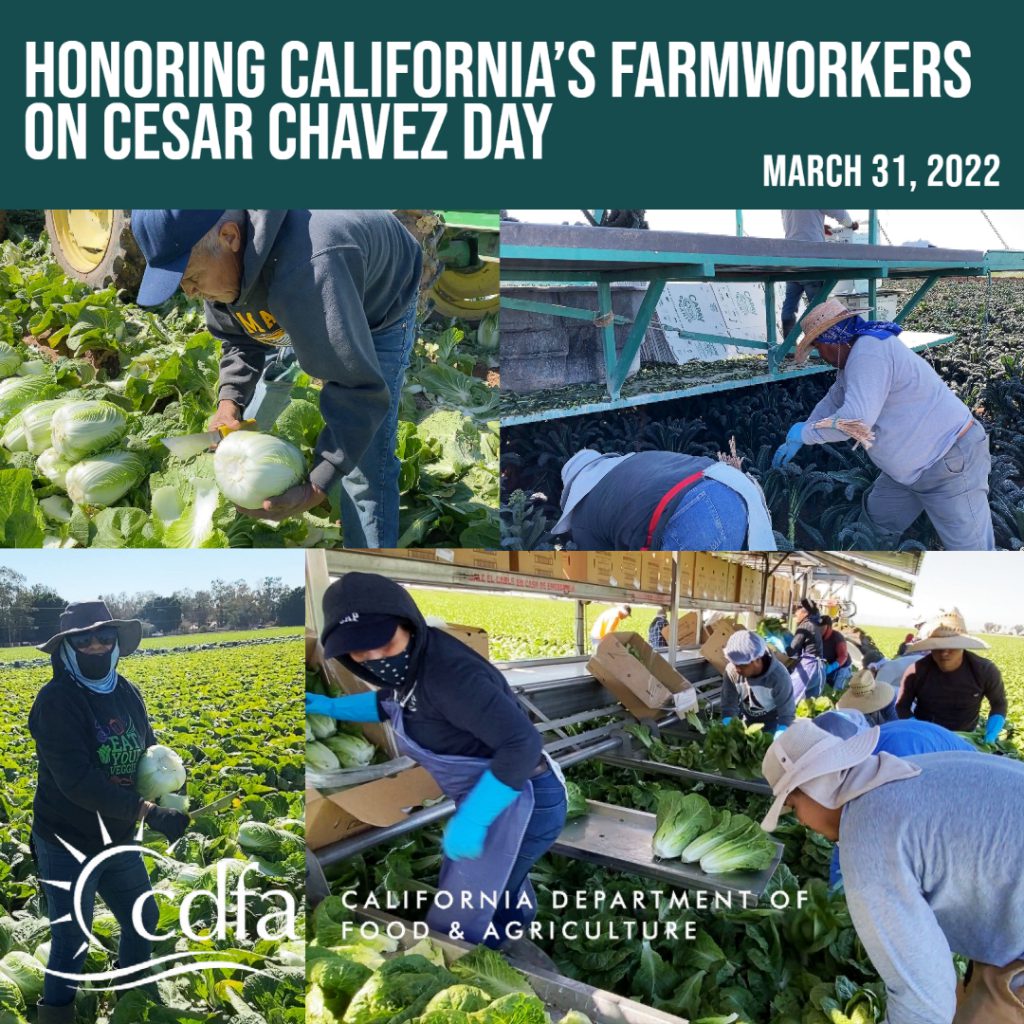Governor’s Office News Release
Strategy sets key priorities and calls for outcomes with accountability
Climate Adaptation Strategy launched via interactive website
Following the U.N. Intergovernmental Panel on Climate Change’s release of its latest report on efforts to combat the climate crisis, the Newsom Administration today launched the state’s Climate Adaptation Strategy outlining the all-hands-on-deck approach to building climate resilience across California. The strategy positions California as an international leader protecting people and natural places from accelerating climate threats. Today’s announcement comes on the heels of the latest snow survey conducted on April 1, which found that the statewide snowpack has dropped to 38 percent following three straight months of record dry conditions.
“California is on the frontlines of the climate crisis with a vanishing Sierra snowpack, life-threatening heat waves, and record-breaking wildfires,” said Governor Gavin Newsom. “This strategy strengthens our resilience efforts by identifying key priorities and outcomes that should guide every action we take to protect vulnerable communities, the environment, and the state’s economy from climate impacts.”
The Climate Adaptation Strategy elevates six key priorities that must drive all resilience actions in California:
- Strengthen protections for climate-vulnerable communities
- Bolster public health and safety efforts to protect against increasing climate risks
- Build a climate-resilient economy
- Accelerate nature-based climate solutions and strengthen climate resilience of natural systems
- Make decisions based on the best available climate science
- Partner and collaborate to leverage resources
It also brings together in one place nearly 150 climate adaptation actions from existing state plans and strategies, and for the first time, introduces success metrics and timeframes for each action.
This strategy has also been developed to guide and link several sector-based efforts already underway to address climate-driven threats, such as the state’s Water Resilience Portfolio and Wildfire and Forest Resilience Action Plan. It also connects region-based efforts in progress across the state.
California’s Climate Adaptation Strategy is being made available in an interactive website rather than a traditional hard copy report. This website will provide an ongoing hub for information on climate resilience and will make it easier for Californians to understand and shape climate action. The website will be updated to track progress and adjustments, and integrate emerging, best-available science.
The Climate Adaptation Strategy is updated every three years under state law. It has been developed through a range of public input and guided by leaders from across the Administration. This public input process helped to identify and fill key gaps in adaptation actions, for example recognizing the need for an updated, integrated approach to addressing climate-driven extreme heat and driving the release of a draft Extreme Heat Action Plan in January.
NOTE: CDFA Secretary Karen Ross participated in today’s launch and made the following comment: “Climate change will impact every aspect of what we do at the Department of Food and Agriculture, because farmers, ranchers and farmworkers every day are working in tandem with natural systems, and building the resiliency of these natural systems is key to our ability to continue to produce the healthy, nutritious, California-grown foods that we provide to Californians in every corner of the state.”
Learn more about CDFA’s Climate Smart agriculture programs








